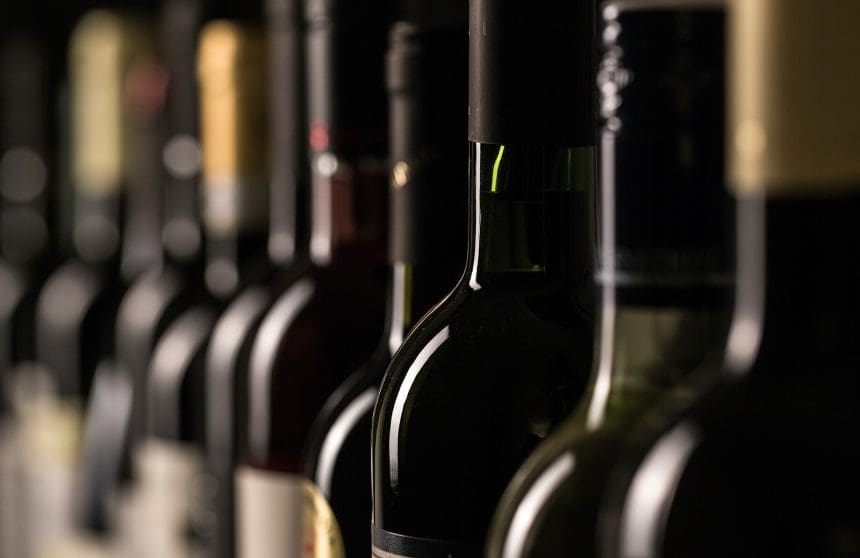Introduction – 5 Key Factors to Consider When Planning a Wine Tour
(STL.News) Embarking on a wine tour is a delightful way to explore the richness of a region’s viticulture, savor exquisite vintages, and immerse yourself in the scenic beauty of vineyards. Whether you’re a seasoned oenophile or a curious novice, planning a wine tour requires careful consideration to ensure a memorable experience. This article delves into five key factors to consider when planning your next wine tour adventure.
1. Selecting the Right Region
The first step in planning a wine tour is choosing the right region to visit. The world is dotted with renowned wine regions, each offering a unique blend of climate, soil, and grape varietals that contribute to distinct wine profiles. Consider what type of wine you enjoy most—be it robust reds, crisp whites, or sparkling varieties—and research which regions specialize in those offerings.
For example, if you’re interested in exploring a diverse array of wines, consider Santa Barbara wine tours. Nestled in California, Santa Barbara boasts a Mediterranean climate ideal for producing both Pinot Noir and Chardonnay, among other varietals. Additionally, the picturesque landscapes and charming towns enhance the overall experience, making it a top choice for many wine enthusiasts.
2. Timing Your Visit
The timing of your visit can significantly impact your wine tour experience. Seasons play a crucial role in both the ambiance and the activities available at the vineyards.
-Spring and Summer: These seasons offer lush vineyard views and pleasant weather, making them popular times for tours. You might witness the early stages of grape growth and enjoy outdoor events hosted by wineries.
-Harvest Season (Fall): Visiting during the harvest season provides a unique opportunity to see the winemaking process in action. Many wineries offer special tours and events during this time, allowing guests to participate in grape picking and stomping.
-Winter: While less crowded, winter tours can be equally enchanting. With fewer visitors, you can expect more personalized attention from winery staff and the chance to explore cellars and tasting rooms in a more intimate setting.
3. Curating Your Itinerary
With countless wineries to choose from, curating an itinerary that balances tasting experiences, scenic views, and leisure time is essential. Consider the following tips to craft your perfect wine tour itinerary:
-Research Wineries: Start by researching wineries in your chosen region. Look for those that offer tours and tastings, and read reviews to gauge the quality of their wines and hospitality. Some wineries may specialize in certain varietals or employ unique winemaking techniques that might interest you.
-Diverse Experiences: Aim to include a mix of large, well-known wineries and smaller, boutique operations. Large wineries often provide comprehensive tours and have more amenities, while smaller ones might offer a more personalized experience and unique wines.
-Plan for Meals: Many wine regions boast excellent culinary scenes. Consider planning lunches or dinners at vineyard restaurants or nearby towns to enjoy local cuisine alongside your wine tastings.
-Allow for Relaxation: Avoid cramming too many winery visits into one day. Allow time to savor each experience, take in the surroundings, and relax between tastings.
4. Understanding Transportation Options
Transportation is a crucial factor in wine tour planning, as it ensures safety and convenience throughout your visit. Depending on your preferences and budget, there are several options to consider:
-Self-Driving: If you choose to drive yourself, ensure you have a designated driver for safety. This option allows for greater flexibility in your itinerary but requires careful planning to avoid overindulgence.
-Guided Tours: Joining a guided tour is a popular choice for those who prefer a hassle-free experience. Many tour companies offer packages that include transportation, guided tastings, and insider knowledge about the region’s wine culture.
-Private Chauffeurs: Hiring a private chauffeur provides a luxurious and personalized experience. You can tailor your itinerary, enjoy the comfort of a private vehicle, and rely on the expertise of a local driver familiar with the region.
-Bike or Walk: In regions where wineries are closely clustered, consider biking or walking between them. This option is both eco-friendly and allows you to fully appreciate the beautiful landscapes.
5. Budgeting for Your Tour
Budgeting is an essential aspect of planning a wine tour. The costs can vary significantly based on location, duration, and the level of luxury you desire. Consider these elements when setting your budget:
-Tastings and Tours: Fees for tastings and tours can add up, especially at high-end wineries. Research costs in advance and look for packages or passes that offer discounts for multiple wineries.
-Accommodations: If you’re planning an overnight trip, choose accommodations that fit your budget. Options range from luxury vineyard resorts to quaint bed-and-breakfasts.
-Dining: Allocate a portion of your budget for meals, as dining is an integral part of the wine tour experience. Consider splurging on one special meal to enjoy the best of local cuisine.
-Souvenirs and Wine Purchases: Plan for additional expenses if you wish to purchase bottles of wine or other souvenirs to take home.
Conclusion
Planning a wine tour involves more than just choosing a destination; it’s about creating an experience that resonates with your tastes and preferences. By considering the region, timing, itinerary, transportation, and budget, you can craft a memorable journey that celebrates the art of winemaking. Whether you opt for Santa Barbara wine tours or another renowned region, a well-planned wine tour is sure to delight your senses and deepen your appreciation for the world of wine.


